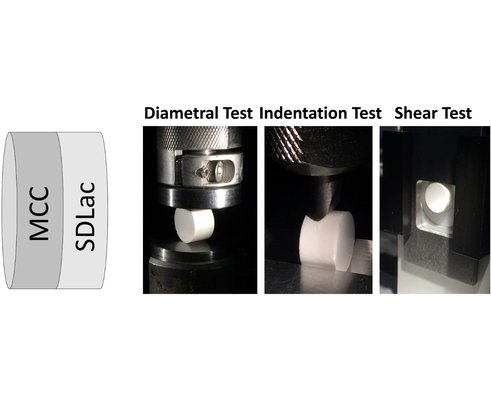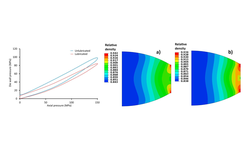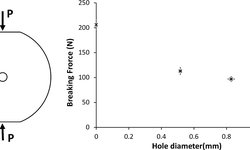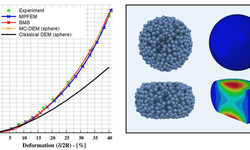Scientific papers
The adoption of bilayer tableting technology is increasing in the pharmaceutical industry due to its effectiveness in enhancing drug delivery strategies. The European Pharmacopoeia currently suggests evaluating the mechanical strength of tablets using a diametral breaking tester, which applies force diametrically and records the breaking point. While this approach has been employed for single-layer tablets, its applicability to bilayer tablets, with their more complex structure, is questioned.
This study aimed to compare results from various tests proposed for quantifying the interfacial strength of bilayer tablets. The findings sought to identify suitable tests for evaluating the robustness of bilayer tablets.
Bilayer tablets were produced using a model formulation: Microcrystalline Cellulose (MCC) for the first layer and spray-dried lactose (SDLac) for the second layer.
The tablets underwent testing using three different methods: Diametral Test, Shear Test, and Indentation Test.
Scanning Electron Microscopy (SEM) was employed to examine the tablets before and after the breaking tests. When subjected to shearing or indentation, bilayer tablets exhibited clear signs of delamination. In contrast, the diametral test system showed no apparent difference before and after testing. However, SEM analysis of each layer revealed a fracture in the SDLac layer. Consequently, the diametral test primarily measures the strength of one of the two layers and is not suitable for assessing the mechanical strength of bilayer tablets.

Comments
No comments posted yet.
Add a comment















